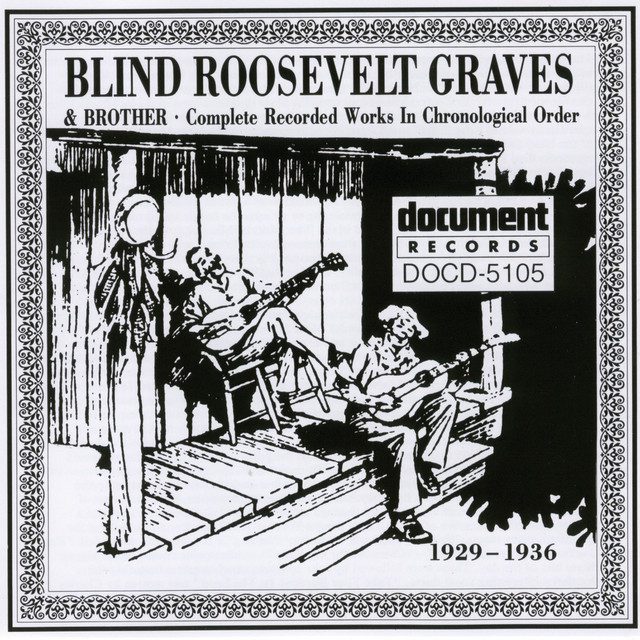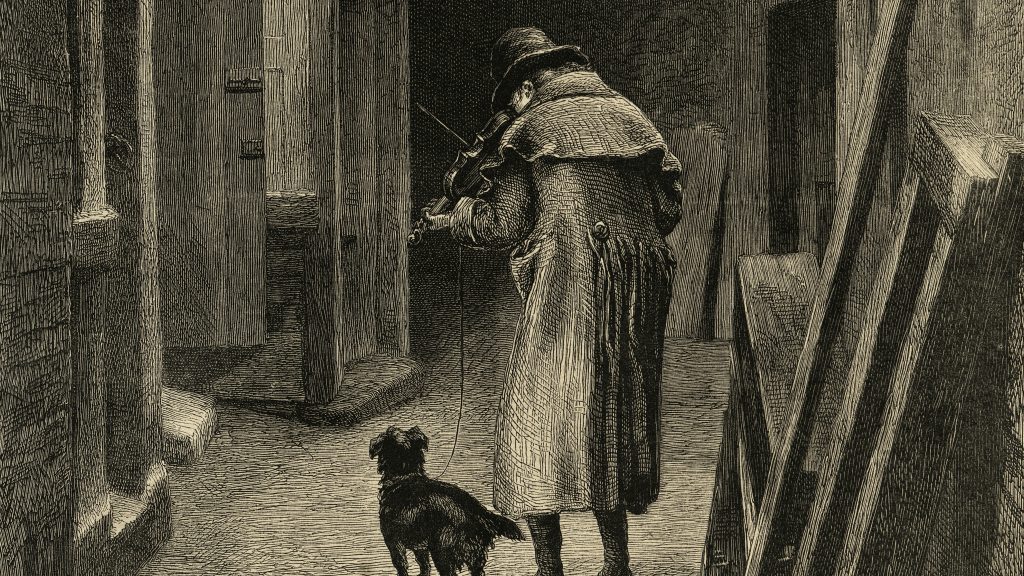To ensure gift delivery by 12/25, please place orders via UPS shipping no later than 12/17.
CloseBlind Roosevelt Graves and the First Recorded Rock & Roll

Did you know that the first recorded rock n’ roll is attributed to a blind musician? The musical group, Blind Roosevelt Graves & Brother, recorded the first rock n’ roll in the 1930s, decades before the genre was popularized in mainstream music. As part of the Blind Musicians Collection, the APH Library holds a CD of the group’s entire anthology and includes music by them on the library’s curated Spotify playlist, the APH Blind Musicians Collection. Read more about the group’s history and impact on rock n’ roll in this blog!

Rock n’ roll’s characteristics include rhythmic singing, driving beats, and bluesy melodies that are heavily influenced by the Black musical genres of gospel, blues, and country. The early “rocking and reeling” style primarily existed in African American religious settings in the South, but even before the explosion in popularity of the genre in the 1950s, the music was influencing secular musicians.
The earliest rock n’ roll recordings are attributed to the group Blind Roosevelt Graves & Brother. Lee Moise Roosevelt was a guitarist and vocalist who had been born blind and performed with his brother Uaroy who played the tambourine and kazoo. Their 1929 recording of “Crazy About My Baby” is considered the first recording of rock n’ roll by American Historian of the Blues Gayle Dean Wardlow.
The duo performed throughout Mississippi and caught the attention of Paramount Records Talent Scout H.C. Speir, who persuaded them to record in Hattiesburg Mississippi with pianist Cooney Vaughan. In 1936 at the Hotel Hattiesburg’s temporary recording studio, they recorded “Barbeque Bust,” “Dangerous Woman,” and other tunes as the trio Mississippi Jook Band. The Hattiesburg recordings are considered the first to feature “fully formed rock and roll guitar riffs and a stomping rock and roll beat” according to Rolling Stone’s Illustrated History of Rock & Roll.
The Hattiesburg recordings were the last that the Graves Brothers would create, and their final days are largely undocumented. Uaroy died sometime in the late 1950s, and after the death of his first wife, Mary, Roosevelt moved to Gulfport, MS with his second wife, Elizabeth. On December 30th, 1962, Roosevelt suffered a heart attack, and on January 6th, 1963, he was buried at the Old Mississippi City Cemetery in Gulfport, without a headstone or maker.
In 2017 efforts to memorialize Roosevelt Graves’s final resting place began. $1,000 was raised but the project was paused due to the 2020 COVID-19 Pandemic. On January 6th, 2024, the Mt. Zion Memorial Fund hosted a dedication at the Old Mississippi City Cemetery for the new memorial headstone for Roosevelt Graves, 61 years after he was buried!
The APH Library has a copy of Blind Roosevelt Graves & Brother: The Complete Recorded Works in Chronological Order, 1929 – 1936, CD. Due to construction at APH, the library is closed, and our listening station is not available, but we do have a curated playlist of music from the collection on our Spotify account!
Interested in listening to recordings of Blind Roosevelt Graves & Brother or hearing more music from the APH Blind Musicians Collection? Follow the APH Blind Musicians Collection on Spotify to hear more!
Share this article.
Related articles

Blind Musicians Collection Listening Station
Do you know a blind or low-vision artist who has recorded music? We would love to preserve their legacy, alongside...

National Dog Month: A History of Guide Dogs
To celebrate National Dog Month, APH Librarians are highlighting one of our favorite books about the history of guide dogs....

APH Celebrates National Library Week!
National Library Week is an annual celebration of the value and impact libraries across the country bring to their communities....
